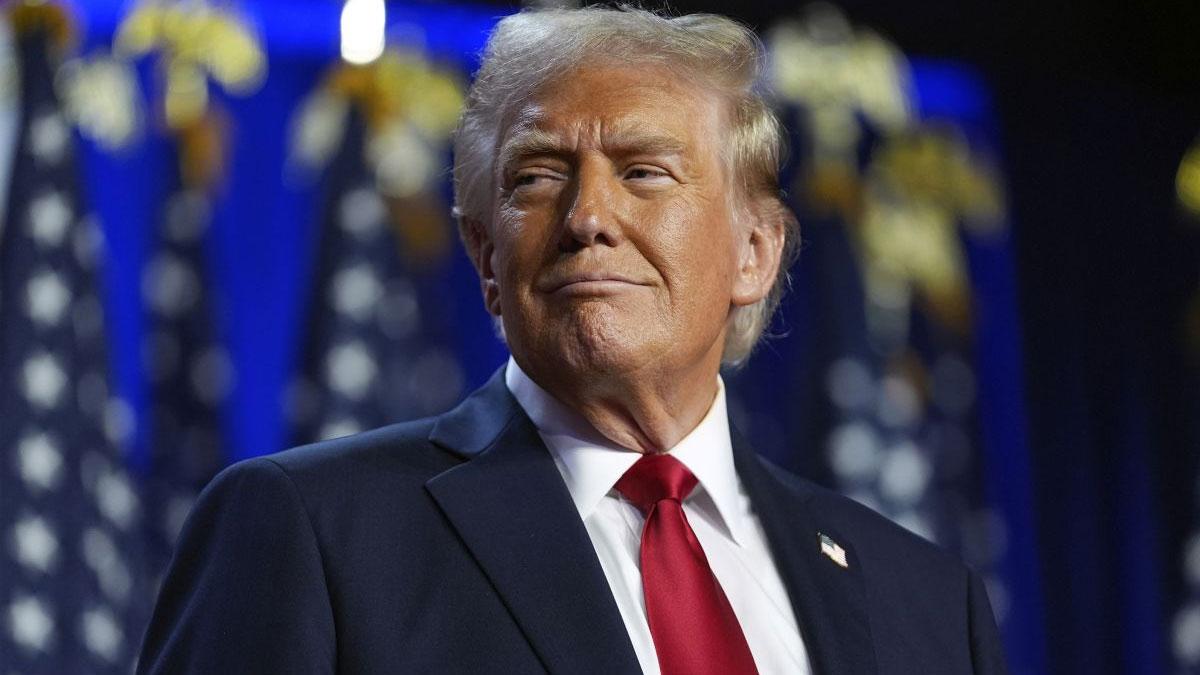On Friday, April 4, China declared it will impose an additional 34% tariff on imports from the United States, in response to President Donald Trump’s announcement of reciprocal tariffs on April 2—an occasion he referred to as ‘Liberation Day’.
Multiple media outlets have reported that China's newly announced tariffs will come into effect on April 10.
In a statement cited by Reuters, China’s Commerce Ministry said, “The purpose of the Chinese government's implementation of export controls on relevant items in accordance with the law is to better safeguard national security and interests, and to fulfill international obligations such as non-proliferation.”
In addition to tariff hikes, China also unveiled stricter export restrictions on certain medium and heavy rare earth elements, including scandium, yttrium, samarium, gadolinium, terbium, dysprosium, and lutetium—measures effective as of April 4. The country further extended its "unreliability list" by adding 11 more entities, giving Beijing grounds to take action against foreign businesses deemed problematic within its borders.
President Trump’s April 2 announcement included a 34% reciprocal tariff on Chinese goods, which was stacked on top of an existing 20% duty, pushing the total tariff level on Chinese imports up to 54%.
Previously, as part of the first phase of tariff enforcement, the US had already levied a 10% import duty on goods from China through an executive order.
Following China’s retaliatory measures, US financial markets took a significant hit. On April 4, the Dow Jones Industrial Average futures plummeted by more than 900 points. By 5:00 pm IST, futures were trading over 1,500 points lower, hovering slightly above 39,000—reflecting heightened investor anxiety over growing global trade frictions.
“The market is giving big thumbs down to this tariff policy,” remarked Ed Yardeni, President of Yardeni Research, in an interview with Bloomberg. “I hope the message that the stock market is sending to the administration is being heard.”
The S&P 500 futures also suffered a sharp 3% drop prior to the market’s opening on April 4.
At the close of trading on Friday, the Dow Jones Industrial Average recorded a 3.98% decline, ending the session at 40,545.93—down from its previous close of 42,225.32. Meanwhile, the S&P 500 index closed at 5,396.52, marking a 4.84% slide from Thursday’s close of 5,670.97. The Nasdaq Composite also felt the impact, plunging 5.97% to finish at 16,550.61, compared to its earlier close of 17,601.05.
Read also| LIC Refutes USTR Claims, Asserts No Special Treatment from Government or Regulators
Read also| India Ranks 2nd in Global Unicorn Creation, Total Valuation Exceeds $220 Billion


















